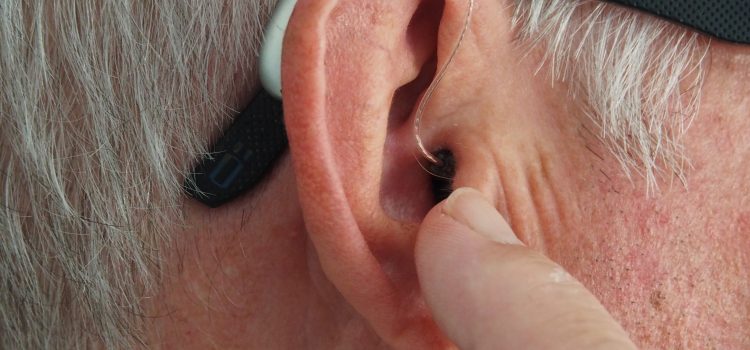
Hearing aids have come a long way since their inception, and advancements in technology continue to transform the industry. With an aging population and an increase in noise-induced hearing loss, the demand for hearing aids is expected to grow significantly in the coming years. In this article, we explore the future of hearing aids and the emerging technologies that are poised to revolutionize the industry.
Artificial Intelligence
Artificial intelligence (AI) is one of the most significant emerging technologies in the hearing aid industry. AI technology is being used to improve sound processing, allowing hearing aids to adapt to different environments and provide a more natural listening experience. AI can also be used to monitor and track hearing aid usage, helping users to manage their hearing health more effectively. As AI technology continues to advance, we can expect to see even more significant improvements in the performance and functionality of hearing aids.
Augmented Reality
Augmented reality (AR) technology is also emerging as a potential game-changer in the hearing aid industry. AR technology can enhance the user’s auditory experience by providing additional information and context about the sounds they are hearing. For example, AR technology can identify the source of a sound or provide real-time captioning for speech. This technology could significantly improve the user’s ability to communicate and understand in noisy environments.
Wireless Charging
Wireless charging is another emerging technology that is poised to change the hearing aid industry. Currently, most hearing aids require regular battery replacement, which can be inconvenient and costly. However, with wireless charging, hearing aids can be charged simply by placing them in a charging case, eliminating the need for batteries altogether. This technology could significantly improve the user’s experience and make hearing aids more accessible and cost-effective.
Nanotechnology
Nanotechnology is another emerging technology that could revolutionize the hearing aid industry. Nanotechnology involves the manipulation of materials at the nanoscale, allowing for the creation of ultra-small devices and components. In hearing aids, nanotechnology could be used to create smaller and more efficient components, resulting in even smaller and more discreet hearing aids. Nanotechnology could also be used to create hearing aids that are more resistant to water and other environmental factors.
Regenerative Medicine
Regenerative medicine is an emerging field that holds promise for the future of hearing aids. Regenerative medicine involves the use of stem cells to regenerate damaged or lost tissue. In the case of hearing loss, regenerative medicine could be used to regenerate the hair cells in the inner ear that are responsible for hearing. This technology is still in the early stages of development, but it could potentially lead to a cure for some forms of hearing loss.
Conclusion
The future of hearing aids is bright, with emerging technologies that have the potential to revolutionize the industry. From artificial intelligence and augmented reality to wireless charging, nanotechnology, and regenerative medicine, the possibilities are endless. As these technologies continue to develop and become more accessible, we can expect to see even more significant improvements in the performance, functionality, and accessibility of hearing aids. Ultimately, these advancements will make hearing aids more effective and user-friendly, improving the lives of millions of people around the world.










